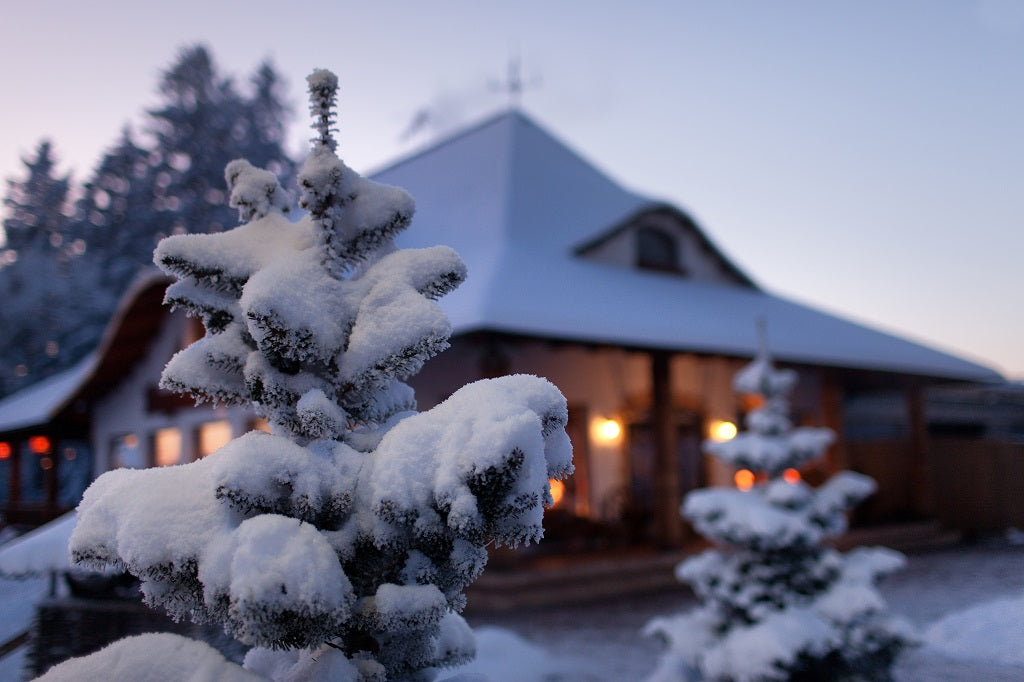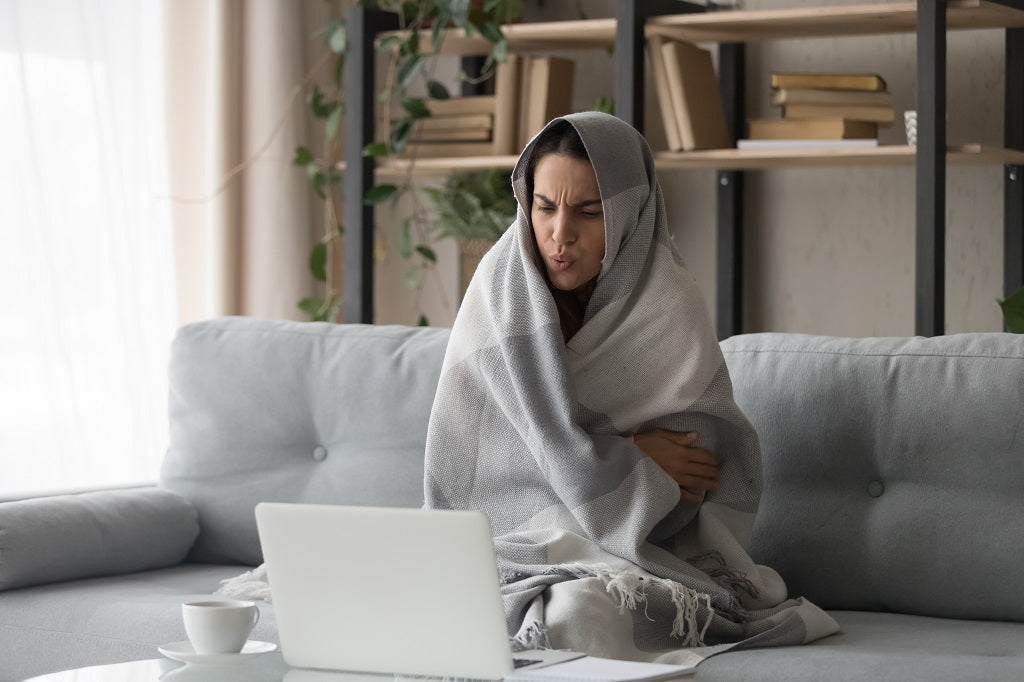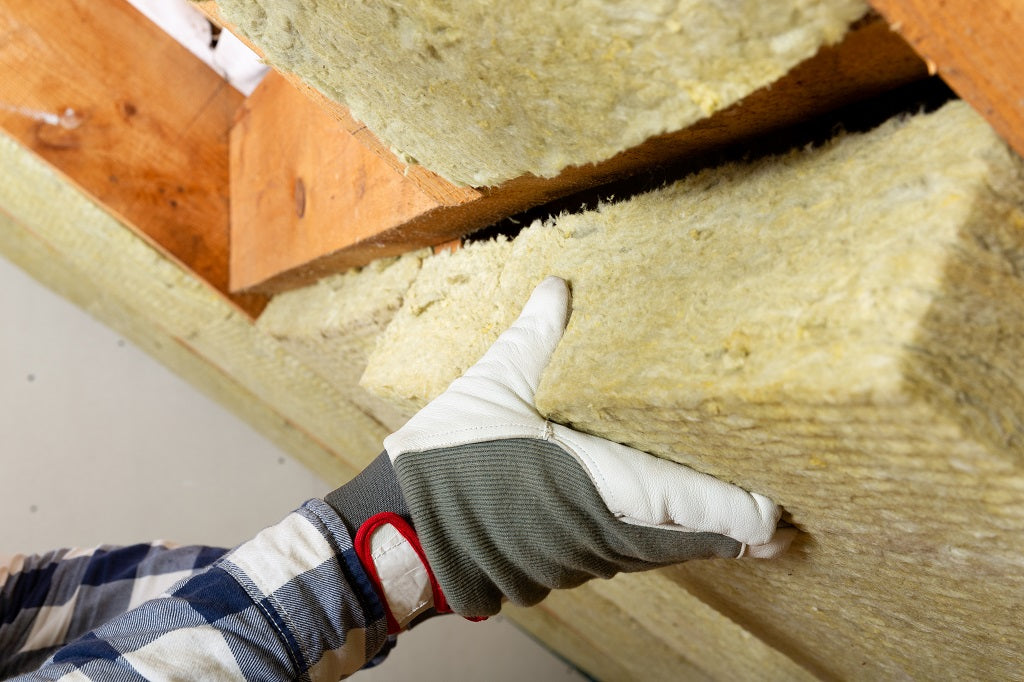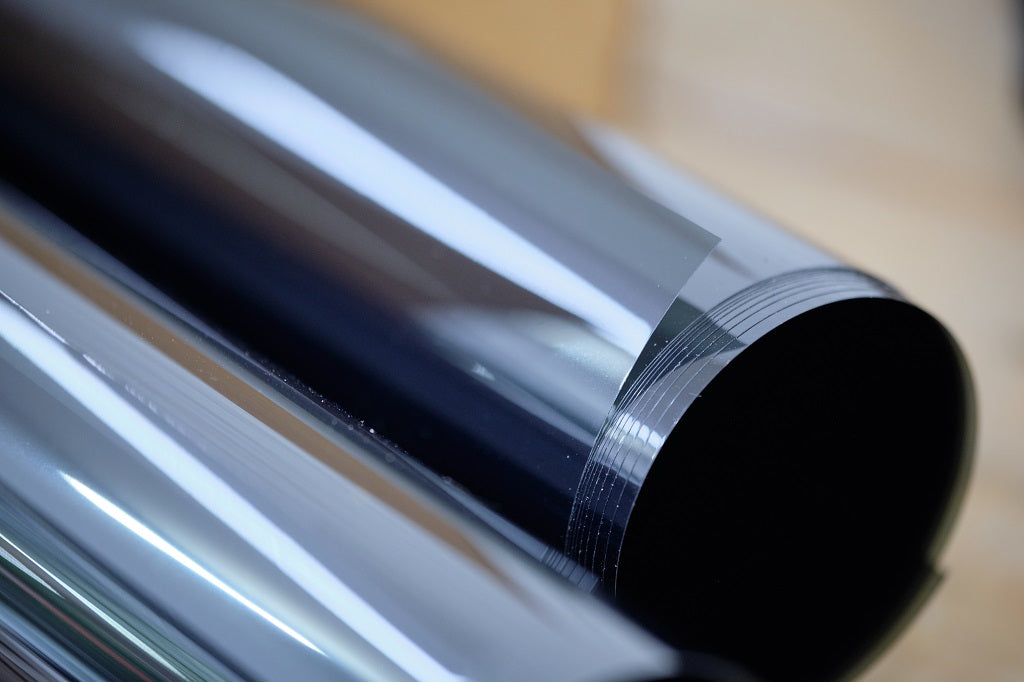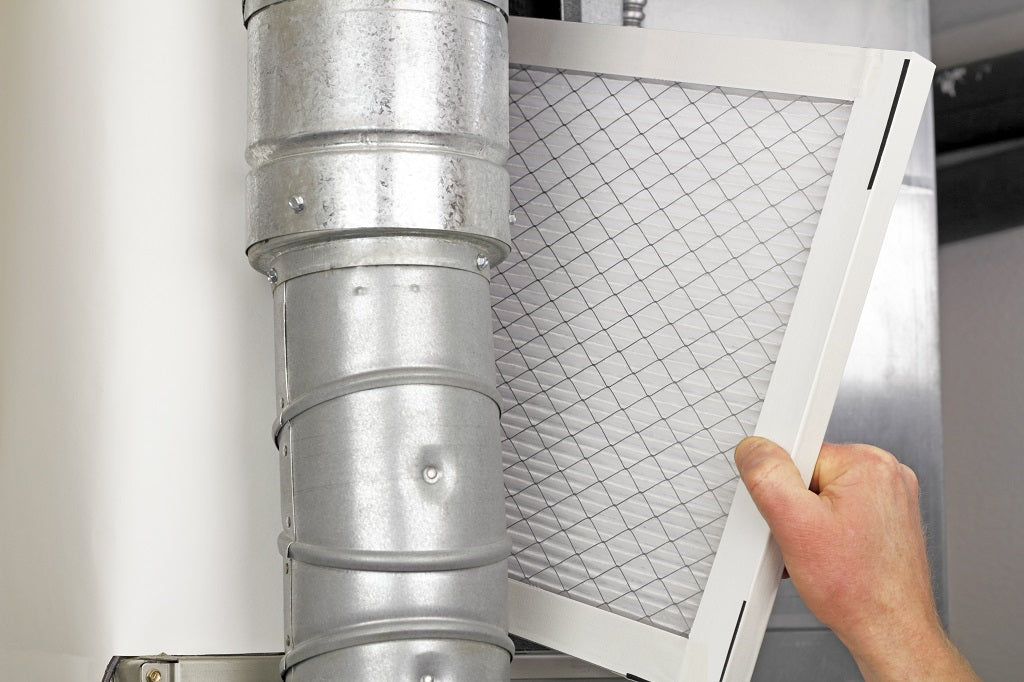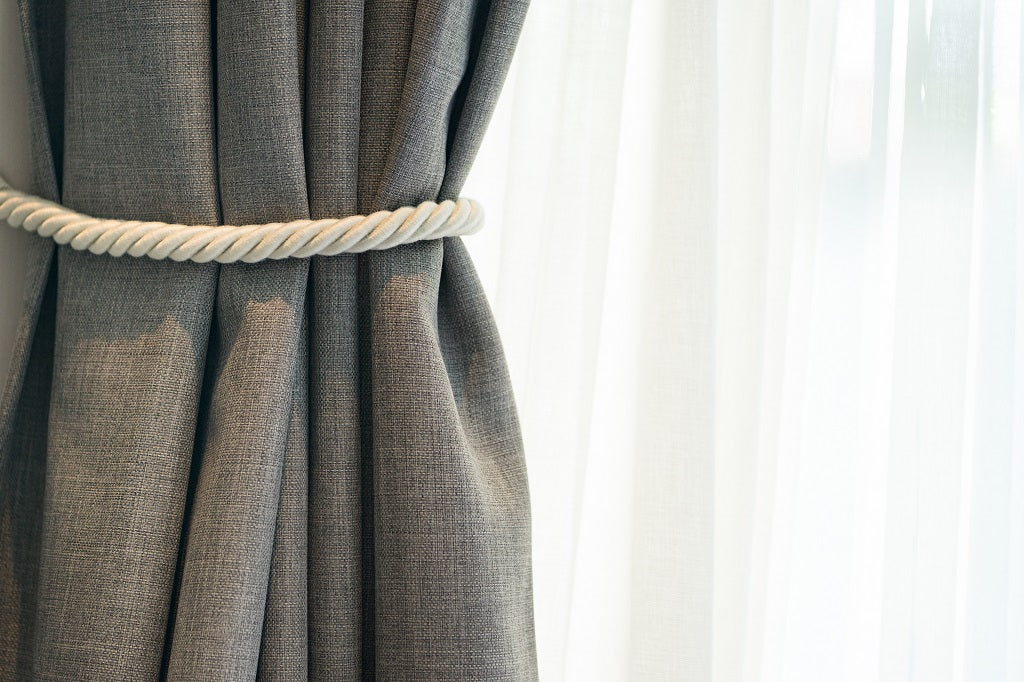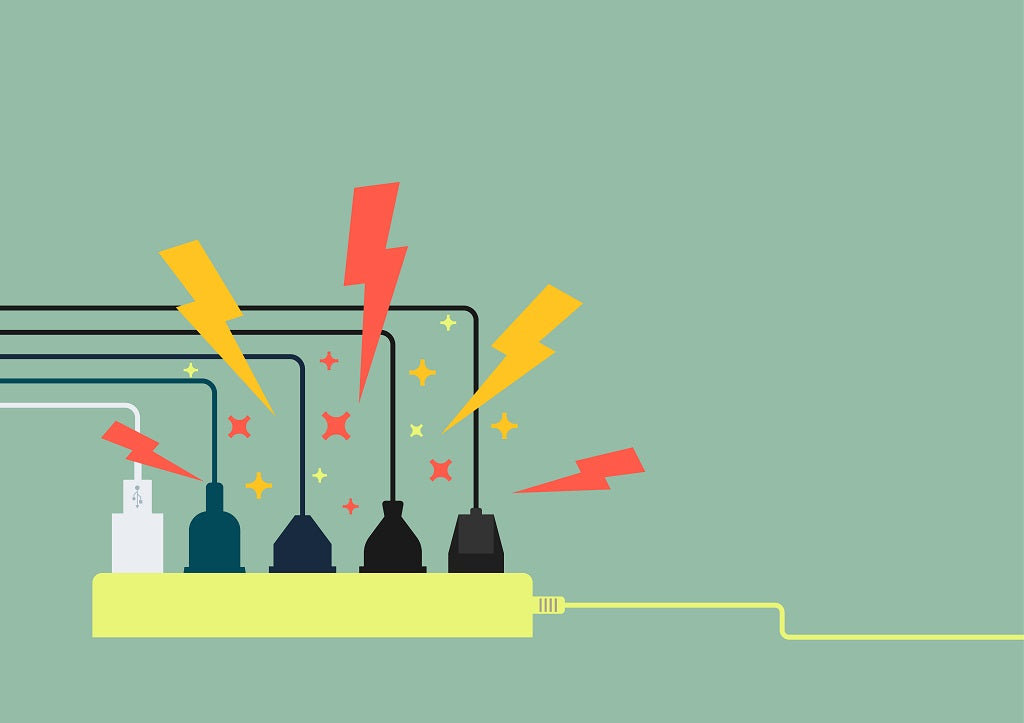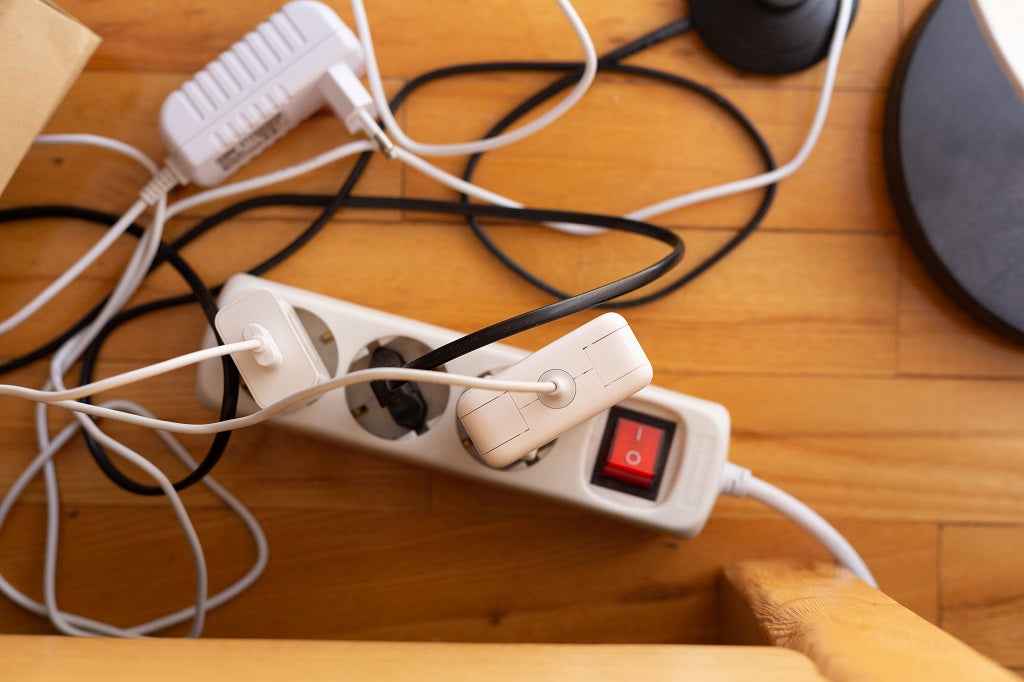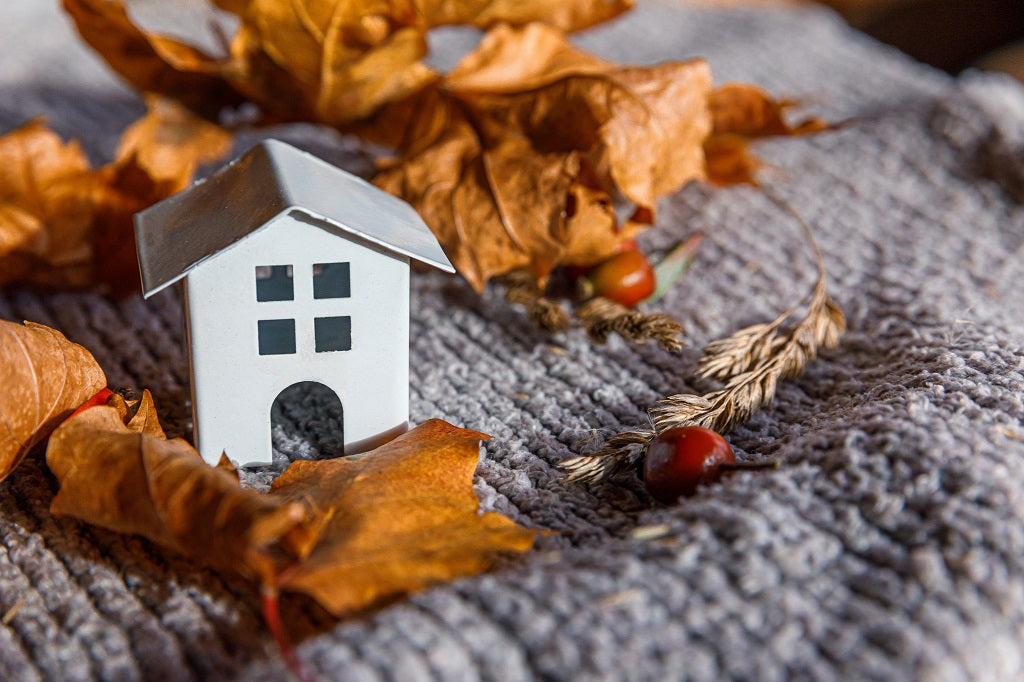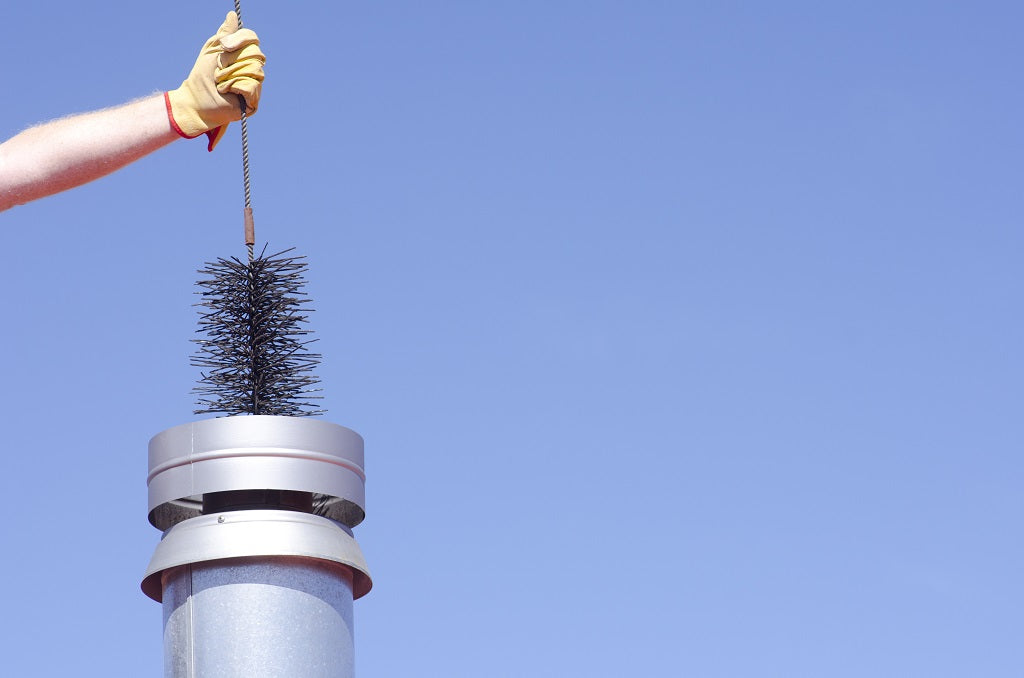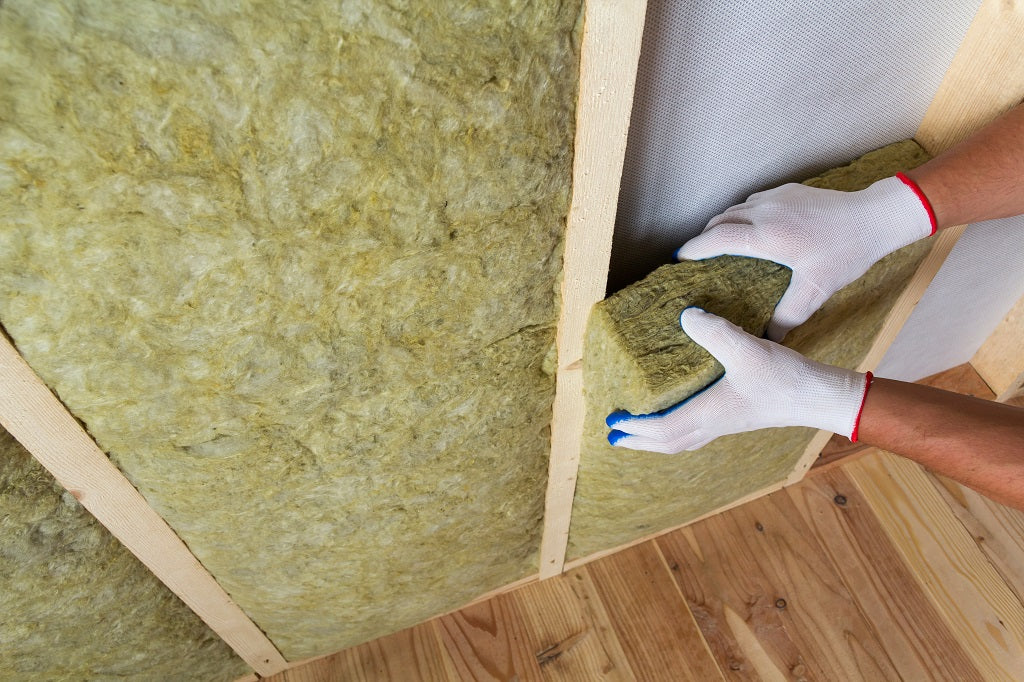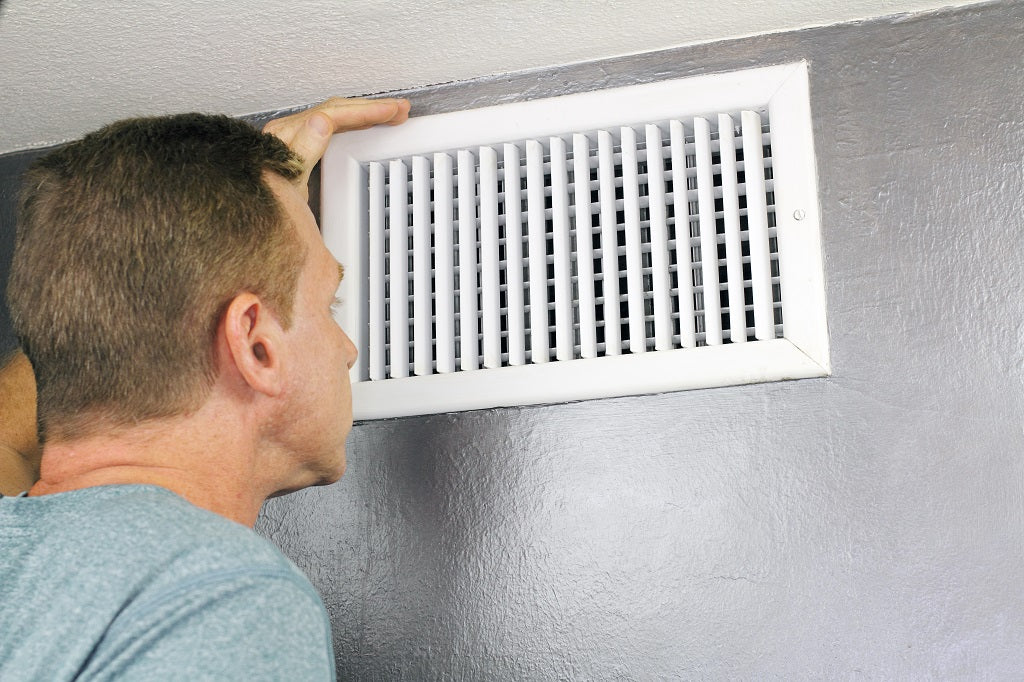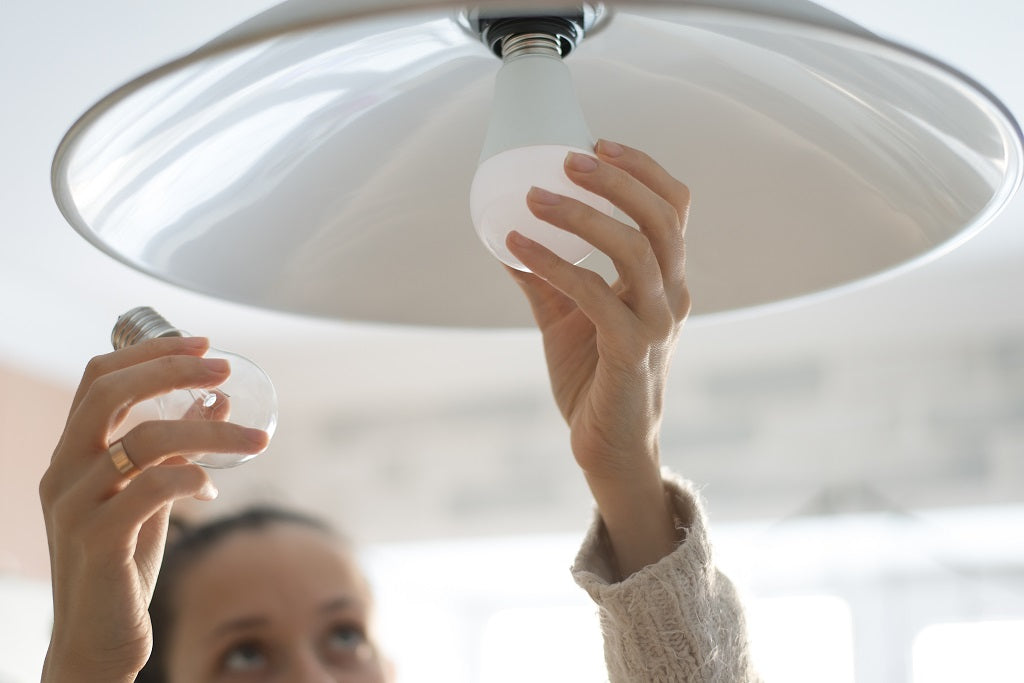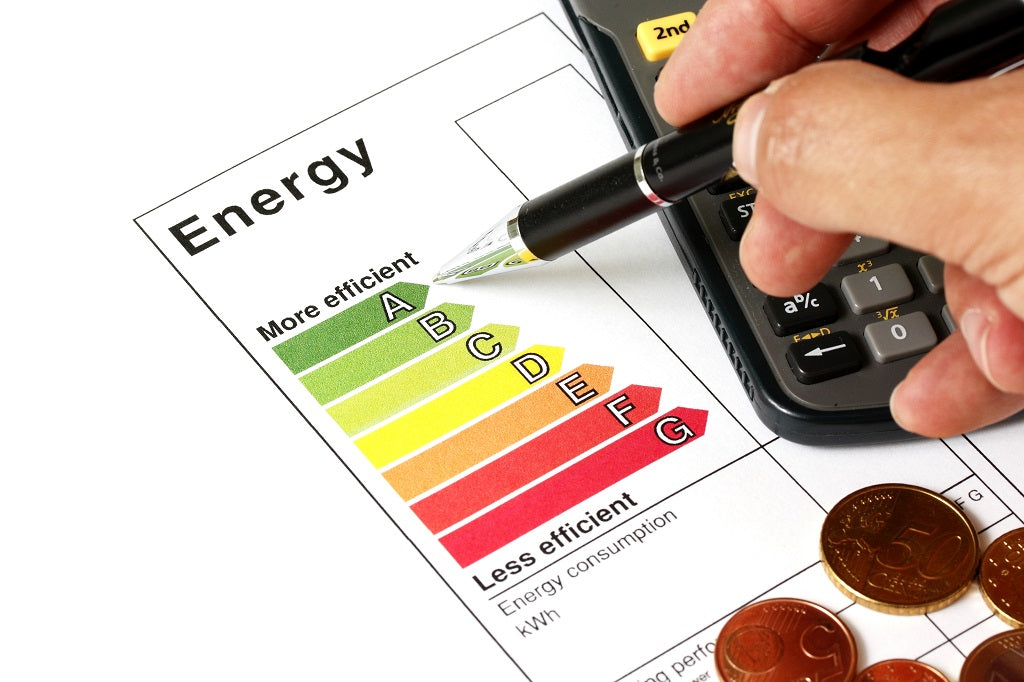
When power outages occur, it is an inconvenience. When there is an electrical failure that lasts longer than a few hours, especially during the winter months, this inconvenience can turn into a dangerous situation. To be without power can leave us vulnerable and make us feel disconnected from the world. It is important to be prepared for any form of power outages.
What Is a Power Outage?

A power outage is a sudden interruption of electricity in a specific area. It prevents the power from the electricity grid to travel to the consumer. Power outages can last for a few minutes to a few weeks depending on the cause of the malfunction and the severity of the situation. They can also affect someone’s house, a building, a street, or an entire city. When it comes to blackouts there are no rules, therefore, preparedness is monumental.
How Many Power Outages Happen Per Year In The US?
The amount of power outages in recent years is only increasing. It is increasing because the demand is higher, more devices, electronics, and appliances; the other reason for the increase is aging electricity lines. It is noteworthy that over 1.3 billion hours of darkness was experienced in the US in 2020.
What Areas Are Most Prone to Power Outages?
The US is a leader when it comes to power outages in the world. We have outdated electrical infrastructure, we have a lot of storms, hurricanes and we have a lot of consumers. The states most prone to power outages are Michigan, Ohio, New York, Texas, and California; among these, the city with the most blackouts per capita is New York City. California is notorious worldwide for its rolling blackouts.
How Long Do Power Outages Last?
Most power outages will end after a minute or two, the power will come back on as suddenly as it left. The duration of power outages is also linked to the type of power outage it is and what caused it. More devastating power outages caused by severe weather can last for days and sometimes weeks. When the power is down because of storms or high winds, it could take longer to repair the power lines affected which can cause a delay in the restoration of electricity.
What Are The Different Types of Power Outages?

There are many different types of power outages: blackouts, brownouts, permanent fault, and rolling blackouts. Each one of these has its own characteristics.
Blackout
A blackout, just as the name suggests, is a full-on loss of electricity in an area. They are usually caused by destructive weather and tend to last the longest. For a blackout to happen, there must be severe damages to the electrical infrastructure itself, such as downed power lines or actual damage to the grid itself.
Brownout
Brownouts can occur in 2 different cases. A brownout can be either an intentional or unintentional reduction of voltage that can be distributed by a specific power grid. They are often used in cases of emergency or when the demand for power is too great at any given time.
Permanent Fault
Permanent faults are power outages that occur from time to time on a regular basis due to faulty equipment. They will keep happening in the same affected area until the faulty grid or power line is repaired.
Rolling Blackouts
Rolling blackouts are not the same as the other types of blackouts. The other three above-mentioned types are brought on unexpectedly for a rolling blackout is a planned, man-made power outage to conserve electricity in high-density populated areas.
What Causes Power Outages?

Power outages are caused by a variety of issues, the top ones are people or the weather, or nature.
Planned Maintenance
This happens when the electricity company needs to make repairs and for the safety of their employees, they must shut down the power temporarily. These kinds of power outages usually only last for about an hour or so.
Equipment Failure
Most US electrical infrastructure was built in the 1950s and 1960s, even though updates are routinely made, failures occur. The grid and power lines are old and with time the equipment stops working. It is important to understand what causes power outages in your area.
Digging Accidents
Most power lines are above ground but there are some that are buried below. The electricity company usually tries to mark the spot through which these power lines run underground but sometimes mistakes happen. Due to the growing demand for construction even in rural areas, power outages can occur often.
Automobile Accidents
The above-ground power lines often run along streets and highways. When there is a car accident or a pile-up, it can happen that a powerline will be hit and damaged. Consequently, this can cause a local power outage.
Wildlife
Humans can’t control wild animals. Birds, squirrels, and even larger animals can damage a powerline. Squirrels and raccoons especially are notorious culprits but often this results in their demise.
Trees
After every storm, we can see images of fallen trees that damage power lines. However, trees that grow too close to powerlines can also destroy the electricity lines, especially when a branch falls onto them.
Ice
Ice is especially a threat to power lines. In the winter, freezing rain can attach itself to the electricity lines and add unnecessary weight to the lines until they just snap off. Ice storms are also a common occurrence and always damage power lines and cause power outages.
Lightning
Thunderstorms, especially lightning, pose a real threat to our electrical infrastructure. Lightning can hit a power line and cause a surge; it can hit a power grid and cause a malfunction. Both direct and indirect hits by lightning can cause a power outage.
Flooding
Flooding is a real concern when it comes to electricity. Floodwaters can destroy power lines above and underground. The water washes away the poles, they break free and tumble into the water. This causes blackouts but it can also be a hazard for electrocution. Therefore, dealing with the aftermath of a flood is always dangerous and can slow the restoration of power.
What Is The Leading Cause of Power Outages In The United States?
In the US, the leading causes of power outages are natural disasters and extreme weather. This would include everything from hurricanes, tornadoes, thunderstorms, flooding, wildfires, and earthquakes. All these natural disasters can damage power lines and our electrical infrastructure in a dramatic way. This makes restoration also more challenging. Because these causes are beyond our control, we can’t always prevent power outages from happening.
How To Prepare For Power Outages

We rely on electricity today more than previous generations could have ever imagined so we need to be prepared.
Power Outage Advanced Preparations
Blackouts are unavoidable, make sure that you and your family don’t get caught in the dark, here are some tips that can help you prepare for an eventual power outage:
- Create a family emergency plan, make sure to practice it once a year to make sure everyone in the family knows what needs to be done in case of a blackout. It is also important to stay safe and not take any unnecessary risks because it may be more difficult to get help in case of injuries.
- Prepare a blackout kit – it should include flashlights, extra batteries, portable pre-charged electronics charger, candles, matches, can openers, utensils, and a fully stocked first aid kit.
- Prepare blankets and warm clothes for everyone in the family. During blackouts, it is important to remain calm and warm.
- Buy an emergency radio preferably one that is battery operated.
- Stock up on clean drinking water or buy filters, anything that can help you purify drinking water.
- Stock up on dry foods and non-perishable foods. You must be prepared to cook in an alternative way either by using an old-school barbecue or an eco-stove.
- At night bring in solar lights that can be recharged during the daytime hours.
- Buy a generator that can be used in cases of emergencies.
What To Do In A Power Outage?
A power outage may cause a ripple effect and the longer it progresses the more dangerous it can be. For example, it can disrupt telecommunications, water filtering, and transportation. Stores may have to close; banks and ATMs will not be able to offer their services. Health and rescue services can also be disrupted in these types of emergencies. Being prepared really is the only option:
- Turn off all lights and appliances that were left on just before the blackout occurred. This is especially important with heaters or stoves which could then become a fire hazard when the electricity is restored.
- Keep freezers and refrigerators always closed so that food will stay cool for longer.
- Unplug all appliances and electronics to avoid a power surge when the electricity comes back up, this is to prevent fires but also to avoid damaging the appliances.
- Try to contact family and friends. If phone lines are down, then use social media to check-in.
- Listen to regular news and weather updates to stay connected to instructions given by local officials.
- Execute your blackout plan as practiced and make sure that everyone knows where everyone is and that everyone knows what their role is. This is to ensure no one gets lost or injured during a power outage.
There is no such thing as being too prepared. Power outages often occur during disasters when people are already under a lot of pressure. It is time to step up and make sure you are not trapped in darkness in a blackout. Find out the products from Blackhawk Supply that can help you stay protected.

